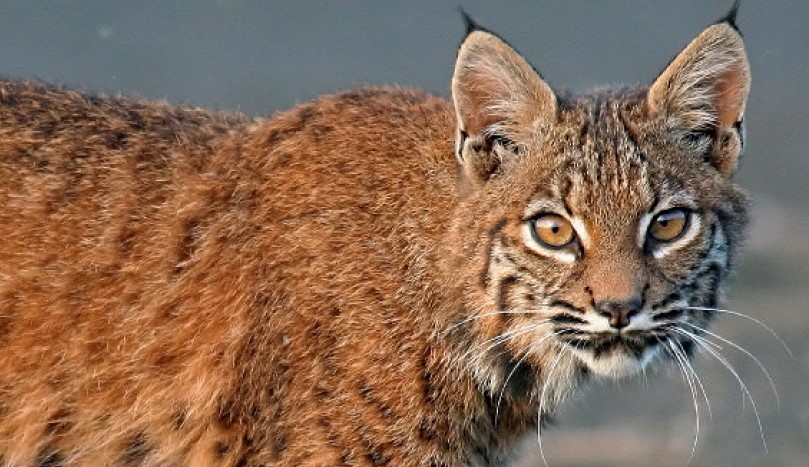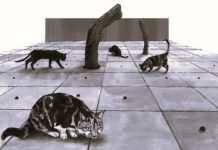The bobcat (Lynx rufus) was once considered the southern form of the Canada lynx. However, the fossils and DNA studies show that bobcats’ ancestors entered North America long before those of the Canada lynx. Despite their similar appearance, the bobcat and Canada lynx evolved separately. North America has had bobcats for nearly two million years, but Canadian lynx are relatively new arrivals. It has only been 200,000 years since they arrived in North America.
It is difficult to distinguish between bobcats and Canadian lynxes because of their similar appearances. Their ears are tufted, their heads are relatively small, and their legs are long. Nonetheless, bobcats have smaller feet, and their short tails are pale underneath and black on top. Unlike lynx, bobcats have a hard time regulating their body temperature in cold weather, and they are not well suited to hunting in deep snow. It is likely that the northern bobcat’s distribution is restricted by deep snow and cold temperatures.
As far as habitat and diet are concerned, bobcats are generalists. Climbing trees quickly is a strength of theirs, and they will climb a tree rapidly if they are pursued by dogs. While they can swim if necessary, they don’t tend to go into the water very often. The bobcat prefers densely covered areas or uneven, broken terrain, and it hunts rabbits, hares, opossums, rats, mice, and rats. Unlike what many people think, bobcats are serious predators of fawns, especially in the northeastern part of the country. Deer also make up a large part of their diet, especially in the northern part of the state.







